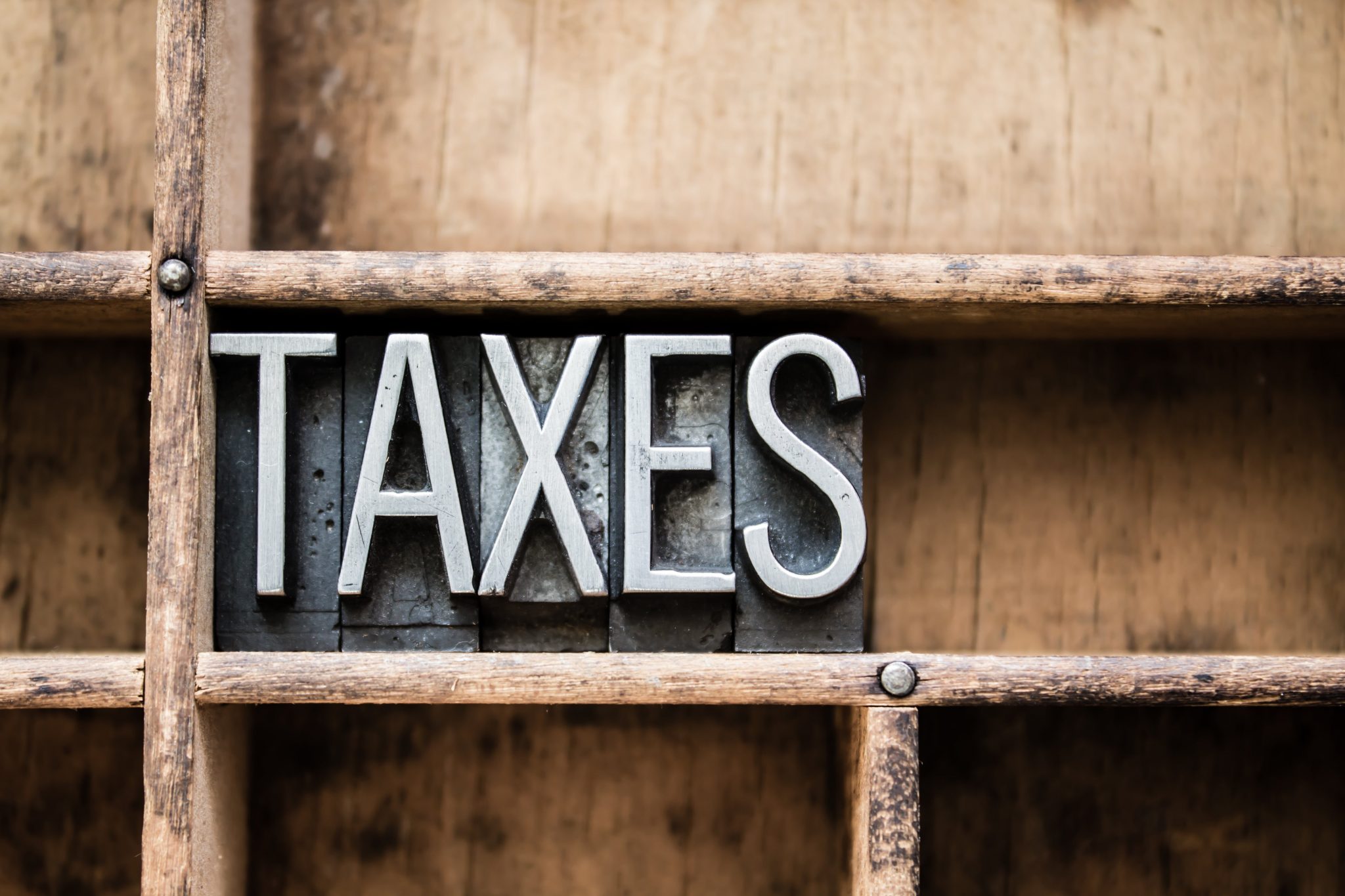An emergency fund CD ladder can be a good tool to earn a little higher rate than you would likely get if you simply kept your emergency fund money in a checking account.
One of the most basic components of a financial plan is an emergency fund. Keeping readily accessible cash on hand can help cover your spending needs in case your income is disrupted or you have unexpected expenses.
You probably have six to nine months worth of expenses in an emergency fund, and keeping that much cash on hand can be costly.
If you instead ladder your money in CDs that have very short maturities you can increase your interest without tying your money up and rendering your emergency fund useless.
What is an Emergency Fund CD Ladder?
An emergency fund CD ladder is very similar to a bond ladder that you might build for locking in a minimum income floor, but with a few key differences.
With a CD ladder strategy you buy CDs that have maturities at specific, staggered times to provide you with the cash flow you would need. Since most people budget monthly, I suggest buying CD’s that mature at monthly intervals or maturities of just a few months.
As an example, assume you have a nine-month emergency fund. Remember that the purpose of the emergency fund is to have access to cash in an emergency. So, rather than invest the entire amount in a nine-month CD you might stagger two different three-month CDs.
Why two? Because you would keep the other three months worth of expenses in cash.
So, you would have three months of cash on hand, and a CD that matures in three months, and one in six months.
When the three-month CD matures, you roll it into a CD that matures in six months since your previous six-month CDs is now three months closer to maturity.
You are now back to having three months worth of cash and a CD matures in three and six months.
You could use shorter maturities if you want as well. For instance, you could keep one months worth of expenses in a checking account and buy eight, one-month CDs that are staggered out to nine months. Using three-month CDs is simply easier to manage. You would only have to roll a CD every three months instead of every month.
CD Ladder Example
Let’s assume you budget $5,000 per month so that a nine-month emergency fund would have $45,000. Your ladder would be:
- $15,000 cash
- $15,000 in a CD that matures in 3 months
- $15,000 in a CD that matures in 6 months
Three months from now your three-month CD would mature and you would have $30,000 in cash. You would take $15,000 and purchase another six-month CD.
Your first six-month CD is now three months older and matures in three-months.
Now you are back to where you started with $15,000 in cash, $15,000 in a three-month CD, and $15,000 in a six-month CD.
What Rates Can I Get on a CD Ladder?
This chart from the St. Louis Fed shows the historical rates on three-month CDs. Obviously this strategy had more appeal during the late 1970’s to mid 1980’s when interest rates were much higher.
However, there is still some value in a CD ladder even when interest rates are relatively low. The money will just sit there anyway, so it may as well earn a moderate amount of interest.
Rates also don’t stay the same forever. As interest rates rise the return you can get on your emergency fund CD ladder will become more meaningful.
Should I Put All of My Emergency Fund in the CD Ladder?
Not necessarily. One of the functions of an emergency fund is to cover unexpected expenses like an appliance going out. If you have all of your emergency fund tied up in the ladder then you leave yourself exposed to those unexpected expenses.
CD Laddering makes more sense for the portion of your emergency fund that is dedicated to covering regular and known expenses in the event you lose your job.







